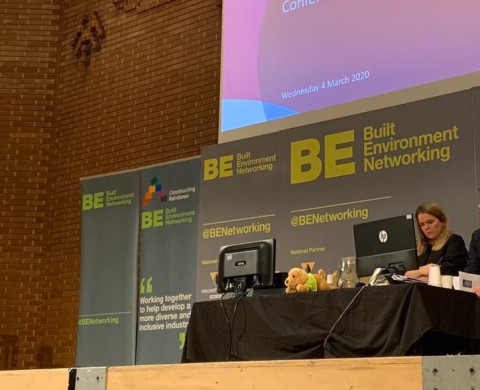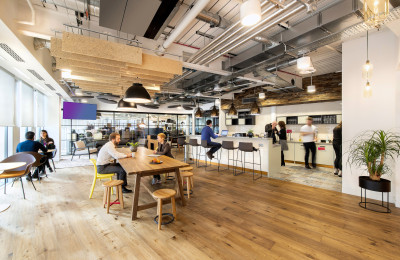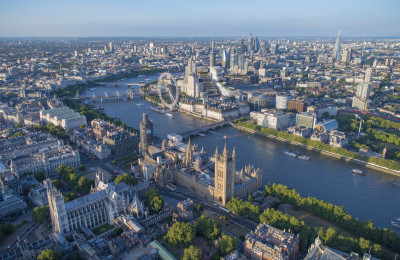The benefit of transport infrastructure through co-operation, TfL Development and Economic Growth Conference
After a busy quarter of events, speaking panels and progression on our projects, we thought it would be worth taking a look back at Transport for London’s Development & Economic Growth Conference on 4th March with Built Environment Networking.
At the event, our UK CEO, Steven Skinner, joined a panel of judges to look at London’s flagship transport-focused development projects and how innovation is solving the differing needs of people who live, work and visit the capital.
On the panel was: Bryan Harvey, Vice President & Head of Major Projects at Jacobs – the panel Chair; Michael Hurwitz the Director for Innovation at Transport for London; Steven Tomlinson, Senior Station Development Manager at LCR; and, Rosanna Lawes, Executive Director for Development London Legacy Development Corporation.
Two of our own projects are heavily connected to some of London’s most important transport nodes, including Elizabeth House adjacent to Waterloo Station – the busiest railway interchange in the UK – and Bloom Clerkenwell, a Crossrail Over Site Development (OSD) at Farringdon Station. Our integrated approach to designing, building and managing these places gives us an even greater insight into both the challenges faced and the opportunities presented by building in conjunction with growing transport hubs.
So, just in case you missed it, what were the key topics of the discussions?
The scale of the opportunity: There is a significant amount of work being done to help improve London’s transport infrastructure, with a look ahead to London reaching the status of a ‘megacity’ in the mid-2020s. TfL owns 5,700 acres across the capital and at any one time can have 10 developments sites or more.
The importance of co-operation: In order to realise the benefits of the work being done to TfL sites, it must work with private partners. For example, we are working with both TfL and LCR to help provide three new access points into the London Underground at Waterloo Station through our proposed redevelopment of Elizabeth House. Without all three partners these vital works to provide desperately needed capacity relief to key station entrances simply couldn’t happen.
The wider benefits for the development industry: The benefits of developing extend beyond passengers. We are seeing that more and more of our occupiers are demanding access to central transport hubs, as well as access to a thriving cultural scene in the immediate vicinity of their offices. As the city grows, finding space for these developments will become more difficult and we need innovative solutions such as OSD’s to meet the needs of our primary customers.
We were delighted to be part of this important discussion and put forward our learnings from our Elizabeth house and Bloom Clerkenwell projects. Of course, discussions won’t end there on this topic, so watch this space as there will be plenty more debate to come!
In the meantime, if you would like to follow the progress on our Elizabeth House project or find out more then please visit the website.
Alternatively, you can keep up to date with the latest on our Farringdon development by checking out Bloom Clerkenwell.




